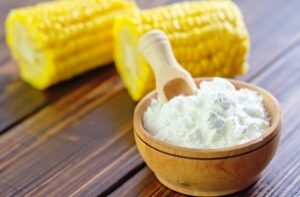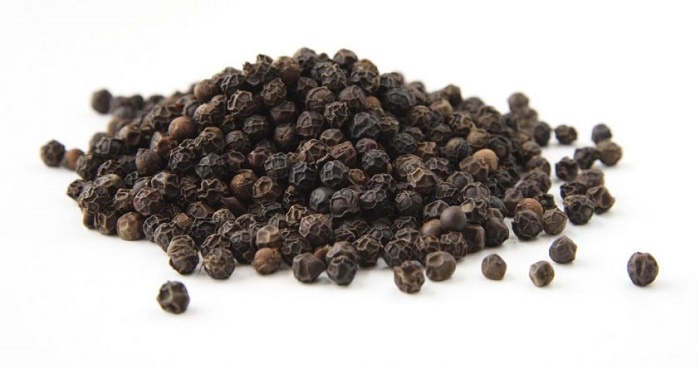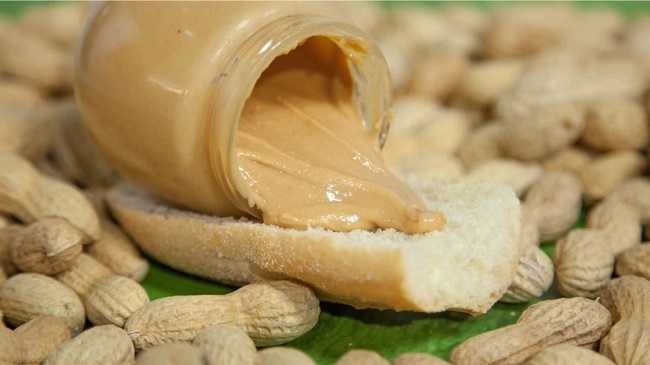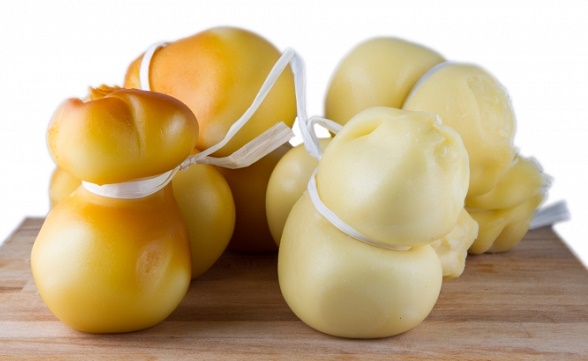
Introduction and history

The starch is an organic compound, contained in many foods, such as pasta, rice, bread and is characterized by many units such as glucose, amilopctina and amylose.
In antiquity, the starch was obtained by steeping of wheat surplus, one that was not ground at the mill and as such takes its name (amydos = no mill).
The residue that was advancing on the bottom was called potato starch, from which was obtained a heavily textured rough white powder, little water-soluble and fat-soluble.
The potato starch name today is still used as a synonym for starch but indicates only that which is obtained through the potatoes, in fact, its use is exclusively used in gastronomy.
The starch is one of the best known polysaccharides present in vegetable which is then synthesized in a natural way from glucose. One gram of starch, provides about 4.2 kcl.
Characteristics
The natural starch, has a feature in its semi-crystalline composition in granules, very difficult to dissolve in water at room temperature.
It can partially dissolve only through higher temperatures, turning into gel. This process is influenced by the botanical origin of the starch and also by the amount of water in which it is put to dissolve. The effects of the gelatinization process, varies depending on the digestibility of starch.
Its crystalline form, very hardly is attacked by enzymes, while once gelatinized, it is easier, thanks to structural disorganization that has suffered.

The starch appears in fruits, tubers and seeds, and in the food industry, the main sources from which this product is derived, are potatoes as we mentioned above, corn, rice, tapioca and wheat. Even some types of beans contain starch.
We know that the food industry using this product as a thickener, but it is also used for the production of paper, glues, cardboard, thanks to its properties adhesives.
In the use for paper, the starch is added directly to the cellulose in the dough, giving greater strength to the paper in the mechanical processing.
Many use starch regarding the pharmaceutical market, where it is used as an excipient in many medicines. To test the presence of starch in the laboratory, using the reagent system Lugol.
When this reagent, is the presence of starch, it tends to bind, giving a light complex very close to dark blue. Even in education it was introduced starch, for the creation of experience through non-Newtonian liquids.
To promote the digestibility of this ingredient, you should be only sufficient cooking food that contains it.
Cooking food with starch

The starch at very high temperatures around 60 degrees approximately, undergoes a transformation of gelatinization. This is done by lowering the specific gravity of the granules and their swelling, and thanks to this process, which once cooked gnocchi into the pot, these date back.
Thanks to its transformation into gelatin, starch is used in the kitchen, for the preparation of creams or sauce, or to thicken the sauces of the meat. The opposite process, namely cooling, such as that of the starch molecules of stale bread, they slow down digestion, in fact for this very old bread, is very indigestible than fresh.
This cooling process, creates a crystallization, forming the granules very little digestible resistant starch, which is why the cold pasta, has a higher glycemic index, compared to that just cooked.
In the industrial field, the starch is a variety of applications, from the food industry used as a thickener or stabilizer thanks to the malt-dextrin, fructose, glucose and derivatives, and also in the pharmaceutical sector, where there is for the composition of the tablets.
The starch is also present in many plants such as maize that is the best known, from which are extracted the seeds (kernels).
Gained about this grain, it contains the endosperm, present in a high percentage, up to 82% of which about 62 is starch, while the remainder are proteins and gluten.
The aqueous solution which is obtained from starch, can be used as an emollient skin cream, or as a gastro-protector in case of gastric inflammation or mild forms of heartburn or acidity, or as a base for some enemas or antidote in case of poisoning by iodine.








